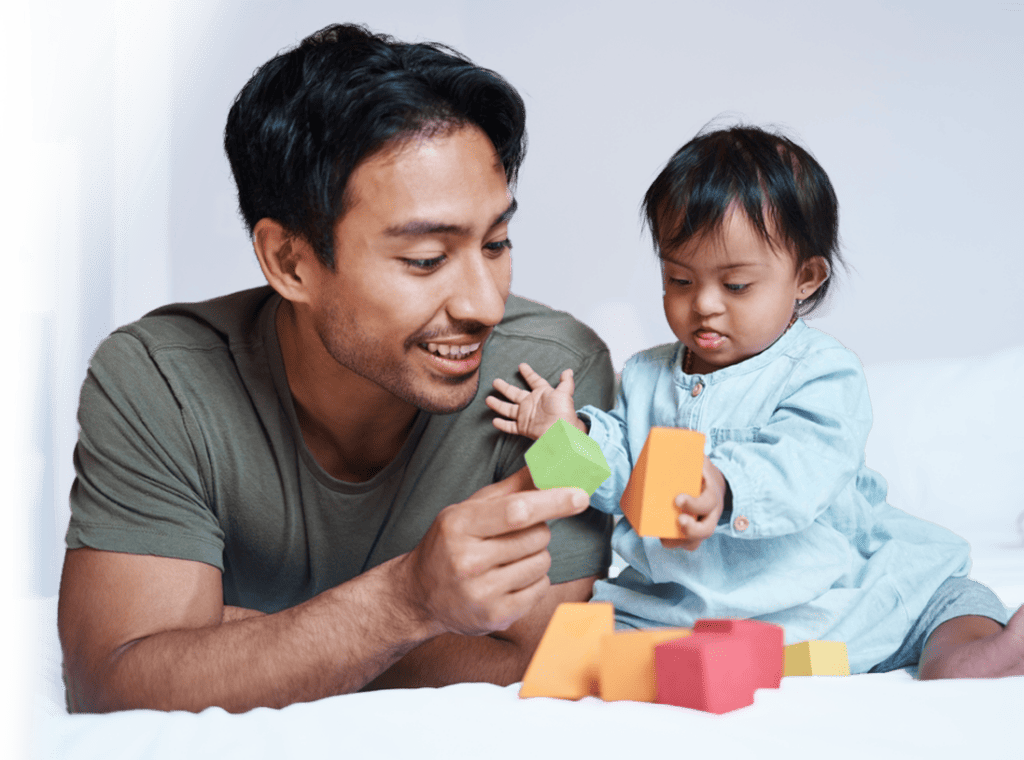My child is complex. I don’t mean only in terms of his physical or cognitive function. I mean in terms of his humanity. He is complex because he is a human and we are complex. We have moods, motivations and preferences that guide our behavior. We have family, friends, and community that affect our development. We have unique opportunities, or restrictions, that impact our learning. A child with a diagnosis is no less complex to support than a child without a diagnosis simply because they fit criteria for a label. An accommodation at school that works for one child with a specific diagnosis, may not work for another child with that same diagnosis.
We Need Individualized Plans
An Individualized Education Plan (IEP) is just that: individualized. It is a document that is created to support your child as a student and member of the classroom. The IEP is an opportunity to identify your child’s strengths and create a plan to address any challenges. To make a plan that is understood by everyone involved in your child’s school experience, we must have goals. These goals are best identified as measurable goals in an effort to track progress and have shared expectations for all involved.
What are Measurable Goals?
Measurable goals are shared expectations for academic goals for your child which allow you, the school, and all others involved to speak the same language and to move forward together as a team. Without these clearly defined goals, messages can get crossed and people may not be heard. Measurable goals measure progress. They break each goal into many small steps so that we can easily notice improvement as our children climb that developmental ladder. To measure a goal, we need to quantify it. There are different ways to quantify a goal based on the amount of time or the expected outcomes. The following examples come from the Interdisciplinary Council of Development and Learning:
Now what does this actually look like?
Starting this process can be intimidating and confusing. Your child’s therapists or providers will help you. You can also look at other IEP’s to see give you a sense of how things are worded. The following examples were shared by a parent and are taken directly from an IEP. Annual goals are the larger stated goals specific to discipline or skill such as speech and language, fine motor, gross motor, cognitive, or social-emotional development.
For example:
Annual Goal for Speech and Language: Given decreasing visual and/or verbal support, the student will increase his pragmatic language and social problem solving skills in order to promote positive peer and teacher relationships in a classroom setting as evidenced by data collection and teacher/therapist observation.
Annual Goal for Self Regulation/Sensory Processing: Given instruction in the Zones of Regulation Curriculum and access to “Zones Tools” in his classroom, the student will, with teacher support, regulate to the Green Zone in 8 out of 10 opportunities by the end of the IEP period. We will know that the student has reached this goal through teacher and therapist observation, data collection, and quarterly progress monitoring. Benchmarks or Objectives are the specific measurable goals listing what the student will need to do to complete the annual goal.
For example:
Benchmarks/Objectives for Self Regulation/Sensory Processing
-
The student will describe his own emotional reaction to his problems based on the perceived size of the problem in 4 out of 5 opportunities.
-
The student will identify one ‘safe person’ that he feels most comfortable processing social situations (which include bullying) with each quarter.
Benchmarks/Objectives for Fine Motor Processing
-
The student will use his thumb and index finger (mature pincer) to grasp items while keeping his 3rd, 4th, and 5th fingers curled into his palm 8 out of 10 times
The goals listed under “Benchmarks/Objectives” are achieved through service delivery, which is represented in a clearly marked section of the IEP. If you need further assistance creating your child’s IEP check out our Special Education Guide and/or find an Education Advocate or Education Consultant near you using our Resource Directory.



